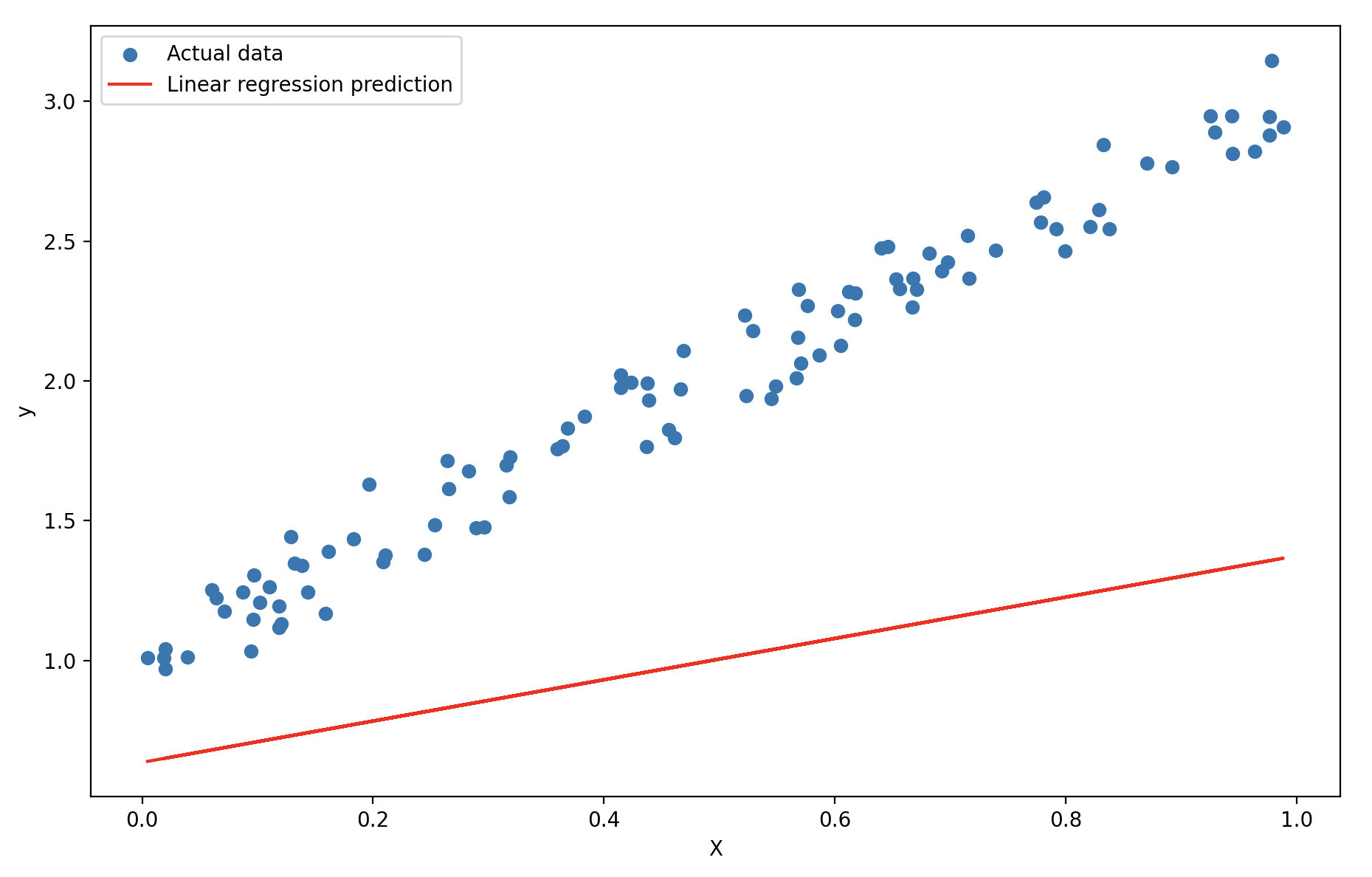Classification & Regression
Instead of being coded with every possible scenario, an ML algorithm can analyze large amounts of data and identify patterns on its own. This data can be anything from text and images to financial records and sensor readings. Over time, the algorithm learns from this data and improves its ability to perform specific tasks, such as:
- Classification: Categorizing new data points into predefined groups (e.g., spam detection, image recognition).
- Regression: Predicting continuous values based on past data (e.g., stock price prediction, weather forecasting).
- Clustering: Grouping similar data points together (e.g., customer segmentation, anomaly detection).
Here's a simplified analogy: Imagine you're learning to recognize different types of birds. Initially, you might need someone to point out specific features and categorize them (supervised learning). However, with experience, you start recognizing patterns on your own (unsupervised learning) and can accurately identify new bird species without explicit instructions.
https://www.youtube.com/watch?v=PeMlggyqz0Y
Classifying Prediction

Classification: Categorizing new data points into predefined groups (e.g., spam detection, image recognition).
Regression: Predicting continuous values based on past data (e.g., stock price prediction, weather forecasting).
Clustering: Grouping similar data points together (e.g., customer segmentation, anomaly detection).


